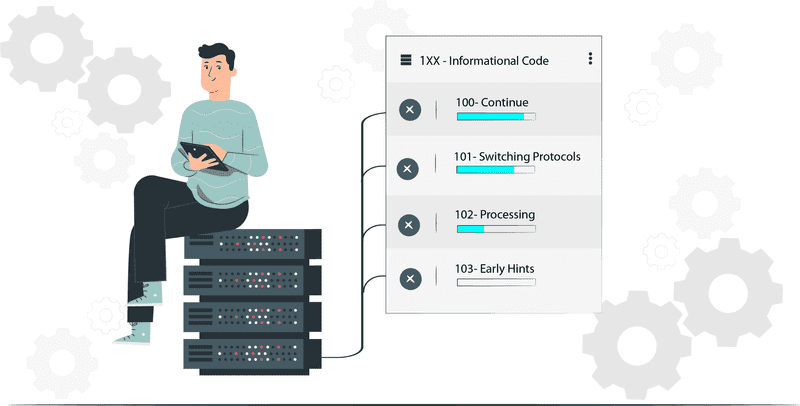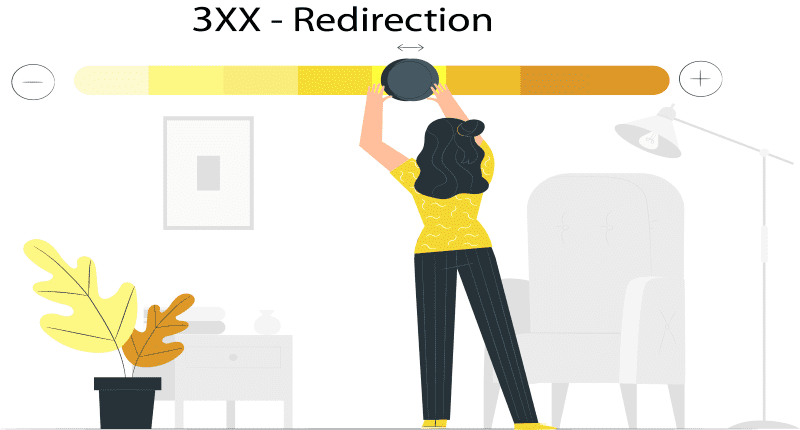Introduction to Apache JMeter - A Quick guide
...RECENT BLOG

2020 / 2 / 27

2020 / 2 / 27

2020 / 2 / 27

2020 / 2 / 27

2020 / 2 / 27

Containers, Containers everywhere. Why are Containers so popular? What are they exactly? Can we use them for testing?
In this blog post, our aim is to get you familiar with Containers and answer all your questions.
Thanks to Docker, an open-source tool that makes building, shipping, and running applications via container easier than ever. If you are new to Containers, you just need to get familiar with Docker and you are done.
Gone are the times when we used to ask the question, “Does it run on Windows or Linux?”, now has come a time when we ask, “Does it run on Docker?”.
Containers are your friends if you have an effective testing strategy. Containers have been around for so many years But the testing strategy has not evolved so rapidly as the Containers have evolved.
Containers are standalone packages that include everything that is required to run an application, including code, setting, libraries, runtime environment, etc.
Containers have a special feature. They isolate the software from the environment and the infrastructure of the machine on which they are running. This ensures that the software will always run consistently, regardless of the choice of infrastructure.
After reading this, you might be thinking that Docker Containers have similar benefits like Virtual Machines. But they have one more advantage, Docker Containers are much more efficient and portable. Unlike Docker Engine Layer, they don't require automation of an entire operating system.
Software Testing is evolving Day by Day. Gone are the days when Software Testing was done at the end of the Software Development Lifecycle, as the last stage before delivering the software to the customer. Now it is an era of Continuous Delivery, where testing is integrated into every stage, to facilitate early delivery of the software and designed specially as per the user requirements. Earlier software testing used to take weeks to months to test the software. Now, It's just a matter of hours and minutes to test software.
Because of all these issues, QA teams have now upgraded to automation and parallelization to help alleviate time bottlenecks.
With the advent of Docker, the game of Software Testing is remarkably changed. You don't need a tower of infrastructure, you can simply spin up different containers at your will. All you need is a local laptop or a cloud instance.
Before entering into the world of containers, we need to ask ourselves the following questions:
There are many more questions that will probably come to your mind when you hear terms Testing and Containers together.
There are 3 steps that we will be discussing for devising a testing strategy for Containers:
Let's start discussing these steps in detail.
docker run --rm -u root ${testImageTag} acceptance-testAre Containers a replacement for Existing Test Workflows?
Containers can improve your existing test workflow, but they are not a replacement for your testing workflow. You must be wondering, Why I am saying this? Why can't we use Containers as a full-time option? Using Containers exclusively for testing needs to set up the test grid, which requires time and investment.
We should always test our Dockerfiles and applications as described in the above 3 steps. These steps help to remove the dependencies from the build server to the container.
In this blog post, we made you familiar with the concept of Container. Now, it’s time for you guys to get started with Containers and see what difference you can achieve with Containers.

2020 / 2 / 27

2020 / 2 / 27

2020 / 2 / 27

2020 / 2 / 27

2020 / 2 / 27

Introduction to Apache JMeter - A Quick guide